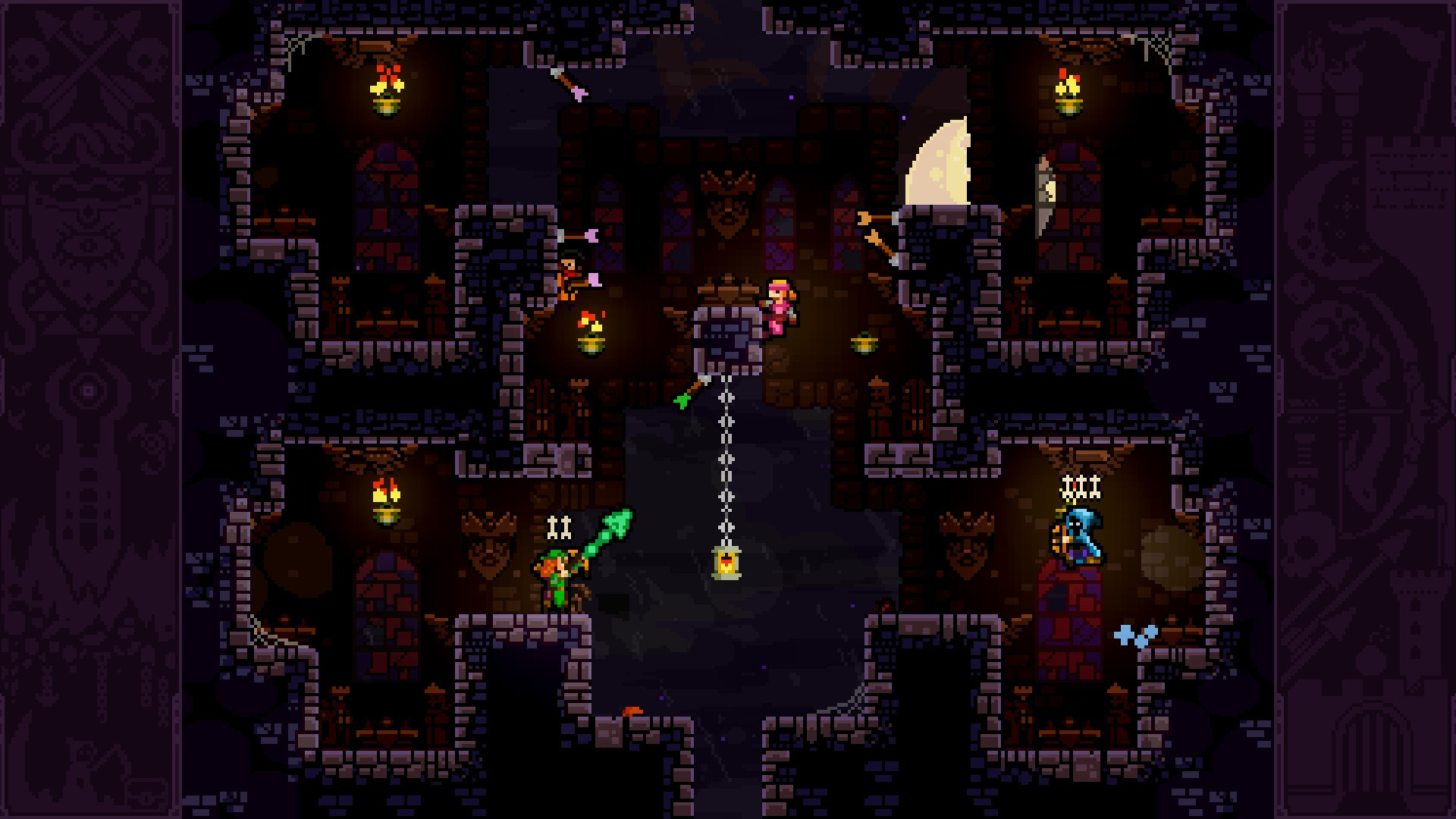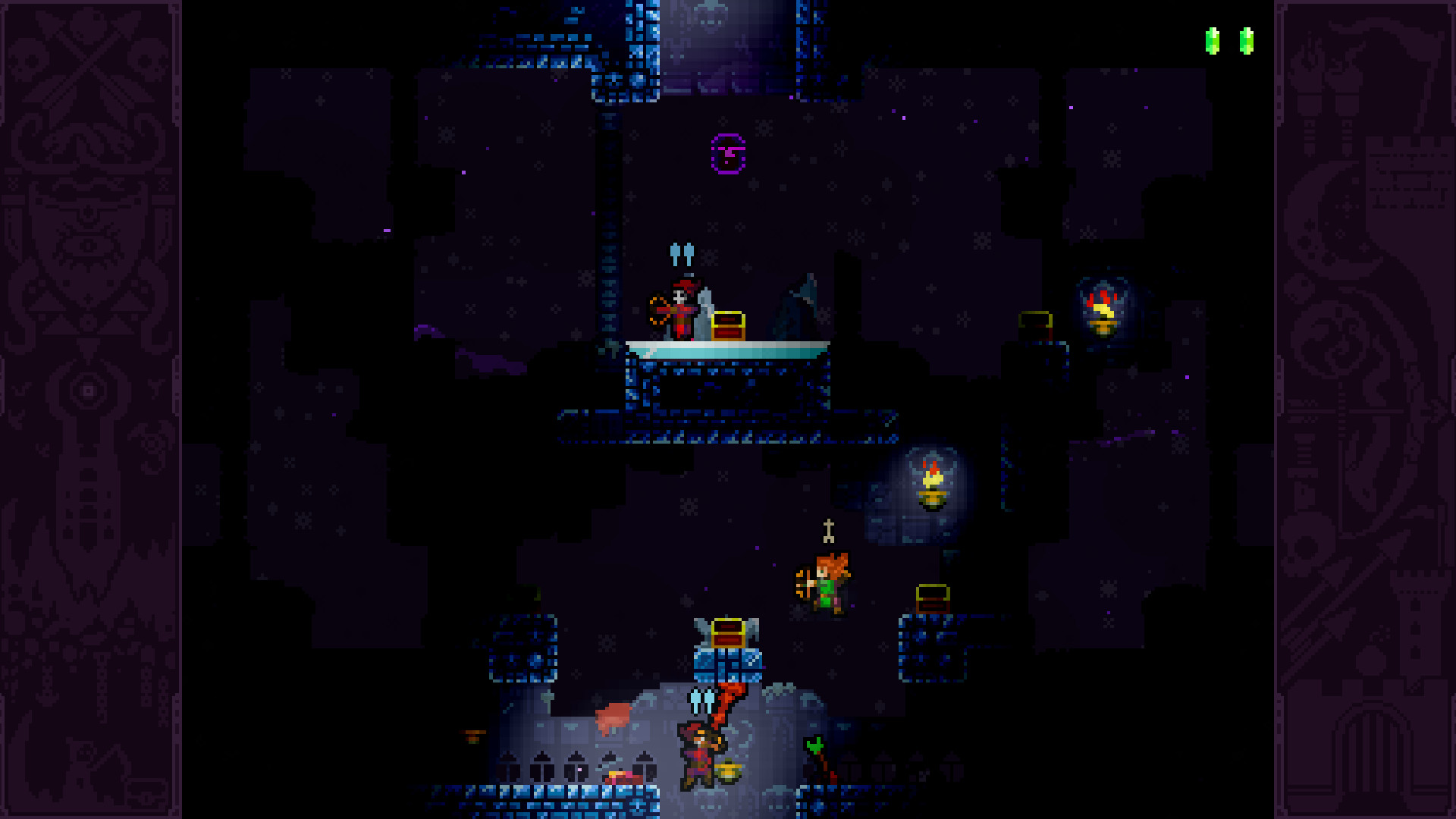Chico is fine. This is damning with faint praise, but those who have been reading for a while will know that I can damn a whole lot harder than that. It’s just that while playing, I never really found myself delighted or despairing, even if I did get a bit frustrated at times.

Chico and the Magic Orchards DX is a sort of top-down light puzzle game. It’s also quite a short game. There are 4 worlds and a final world, with each world consisting of two levels and a boss. There’s also some post-game content that I just wasn’t interested in playing.
The primary mechanic is Chico’s giant walnut, which can be bounced into switches to turn them on. It also… hmm. Switches aren’t the only thing the walnut is good for, but it’s the only one I can think of right now. Many of the levels involve finding a way to bring the walnut with you.
The level design is serviceable. It’s using that “introduce, expand, mastery” pattern that anyone who has ever tried to make a decent level in Mario Maker is familiar with. There’s a fair number of level gimmicks, most of which are mildly interesting, and one that completely sucks. At the same time, they also didn’t stick around long enough for me to hate them, except a desert world with graphics that made me feel a bit nauseous.
The bosses are the highlights of the levels, both visually and mechanically, and they present more of a challenge. It’s a shame, then, that they can also feel a bit janky at times. Sometimes they effectively incorporating a the level’s core mechanic, and sometimes (looking at you, giant turtle) they make me want to get out as quickly as possible.
Overall
I was at a classical music concert recently, and listening I found myself sort of bored. Not because the music was bad or uninteresting, but because I sort of associate classical music with the background on NPR, or filler. I have sort of similar feelings about Chico and the Magic Orchards.
It’s perfectly serviceable as a video game, the sort of thing that would earn you an B+ if you turned it in as a class project. It has a solid understanding of how to introduce mechanics, develop and push them. But it just lacks the spark it needs to take off like rocket, or even to turn it into a dumpster-fire. There’s nothing bad enough about it to really make it worth complaining about, but there’s nothing good enough about it either.
In that sense, it’s a bit unfair. One of the worst games I’ve played this year was Age of Darkness, and I still think about it, because of how badly it failed with every part of its core mechanics. But I am thinking about it! Chico did pretty much everything right, but outside of the desert mirage mechanic which made me feel physically ill, never really required me to think about it.
Chico and the Magic Orchards DX was $4.99, which feels about right. It costs a fair amount less than the sandwich I had yesterday, and I’d say the two equally contributed to my day.












